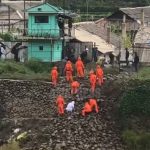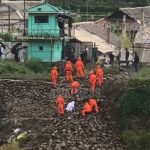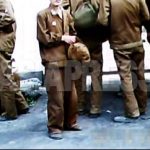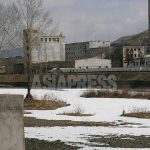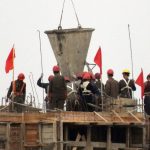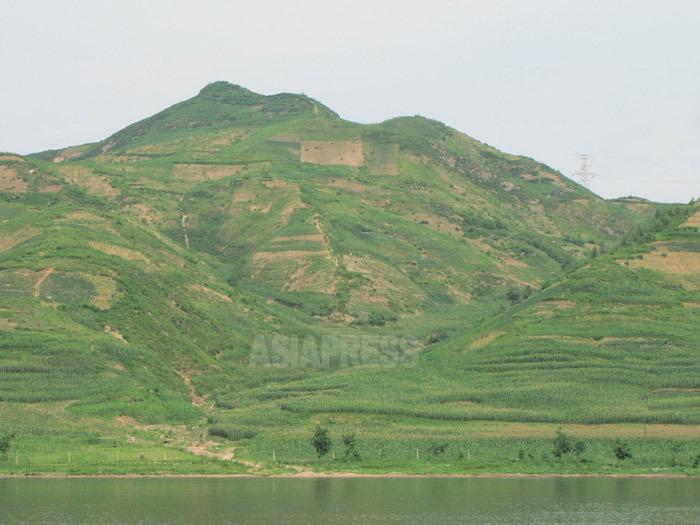
Back in early April, the North Korean authorities placed an indefinite ban on burials, forcing residents to relocate existing tombs and to cremate the remains of relatives.With the deadline for relocating graves set for June 15, the authorities told residents that any remaining tombs, aside from those deep in the mountains, would be demolished to make room for farmland. In mid-June, with the deadline fast approaching, residents rushed to exhume the tombs and bring their ancestors’ remains to crematoriums.
As the North Korean authorities impose the practice of cremation in the name of securing farmland and restoring forests, the country’s funeral culture and tradition of ancestral rites is being forced to change. A reporting partner living in Ryanggang Province, speaking with ASIAPRESS on September 9, said, “The sight of food laid out for Chuseok will become a thing of the past.”
Cremations are performed at crematoriums operated by city or county ‘building management offices’. In Ryanggang Province, the fee for cremations is 300 RMB (about 50,000 South Korean won). In addition, ashes can be stored at the building management office’s mortuary for a fee of roughly 5,500 won a year. However, many residents elect to cast the ashes into rivers or from the top of mountains. Notably, it is forbidden to cast ashes into the Yalu River.
Next page : “Some people pile stones along the waterfront to mark the site as a place for mourning..."
